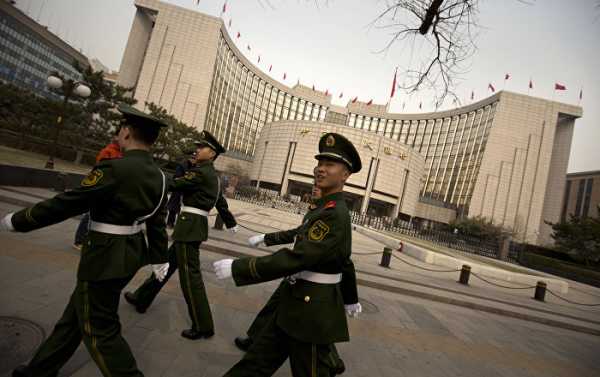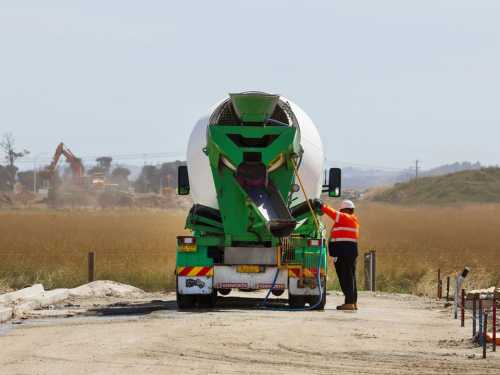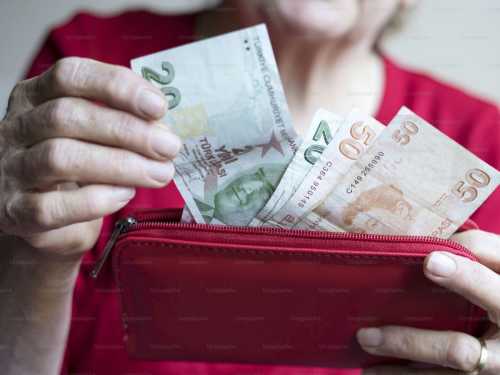
People’s Bank of China’s (PBOC) monetary stimulus has yet to pass on to the nation’s small and medium-sized enterprises (SMEs), as commercial banks are wary of increasing their loan issuance in the face of mounting international headwinds to the export-reliant economy.
Kristian Rouz — Small and Medium-size Chinese enterprises say they are still struggling to secure loans from commercial banks despite the People’s Bank of China’s (PBOC) efforts to loosen underwriting standards and lower bank reserve requirements.
This lack of efficient policy transmission is seen as holding back China’s GDP growth amid the elevated tensions in international trade, investment, and capital flows.
According to recent reports from China’s small and medium-size enterprises (SMEs), Chinese banks are reluctant to issue new loans and refinance products amid the heightened economic uncertainty.
Bankers are citing their concerns with the possible decline in borrowers’ exports revenues, which might complicate the debt servicing and investment plans of many private sector companies.
And, despite a PBOC urge to increase SME lending, commercial banks find loopholes to keep their money in the vault.
“There are many ways a bank can make it look as though it’s lending to SMEs to meet targets, like lending to multiple smaller subsidiaries with a big parent company, or lending to the supplier of a material to a big company,” an unidentified senior banker told Reuters.
However, not all SMEs can boast a solid backing by a larger company or a regional governmental agency. The Chinese private sector has been among the main drivers of growth in the exports-oriented manufacturing industry over the past 20 years, and the lack of available financing is now putting on hold investment plans of many such enterprises.
These developments come despite the PBOC having implemented four rounds of limited monetary easing, including lower reserve requirement ratios (RRRs) for banks, and relaxed bank underwriting standards.
Theoretically, commercial banks could increase their lending, including to SMEs, which would lead to a quicker GDP growth. However, the majority of Chinese bankers are cautious and inclined to accumulate cash in case of a sharp rise in non-performing loans (NPLs) across the economy.
Such an event could happen, for example, if multiple Chinese companies faced a major plunge in revenues at the same time — which, in the current environment in international trade, is deemed a likelier probability than just a year ago.
“The downward pressure on the economy is relatively big as consumption weakens and infrastructure investment has yet to stabilize”, Tang Jianwei of Shanghai-based Bank of Communications said.
Adding to these concerns, China’s total debt-to-GDP-ratio still stands at roughly 300 percent, whereas its infamous $10-trillion ‘shadow banking’ industry is thriving despite the central government’s attempts at a crackdown.
However, some large Chinese banks have responded to the PBOC’s call to ramp up their loan issuance to SMEs. One of these, the Industrial and Commercial Bank of China (ICBC), opened 230 financing centers across the country for the specific purpose of serving SME clients.
The ICBC’s average interest rates stand at 4.64 percent, compared to the national average interest rate on commercial loans of 5.97 percent. However, the bank’s underwriting requirements have been described as quite stringent, diverting many potential borrowers to shadow bankers.
Another major Chinese lender, Agricultural Bank of China (AgBank), capped its rates at no more than 7.5 percent on top of the central bank benchmark rate (currently at 4.35 percent). While larger companies can still afford financing products at that cost, many SMEs have to cut their operational expenditures and wait out the uncertain times.
An official poll from the Chinese government has found the majority of Chinese manufacturers are concerned with their future exports revenues, which still make up the lion’s share of smaller firm earnings.
In this light, a separate report found, expansion in Chinese manufacturing was flat last month after 15 consecutive months of growth. Meanwhile, export orders posted the largest decline in two years that same month.
Responding to these reports, PBOC governor Yi Gang said the central bank has a lot of firepower to support the slowing economy. Yi said the PBOC could cut base interest rates and further reduce bank reserve requirements to reignite lending, domestic investment, and manufacturing output.
Sourse: sputniknews.com






